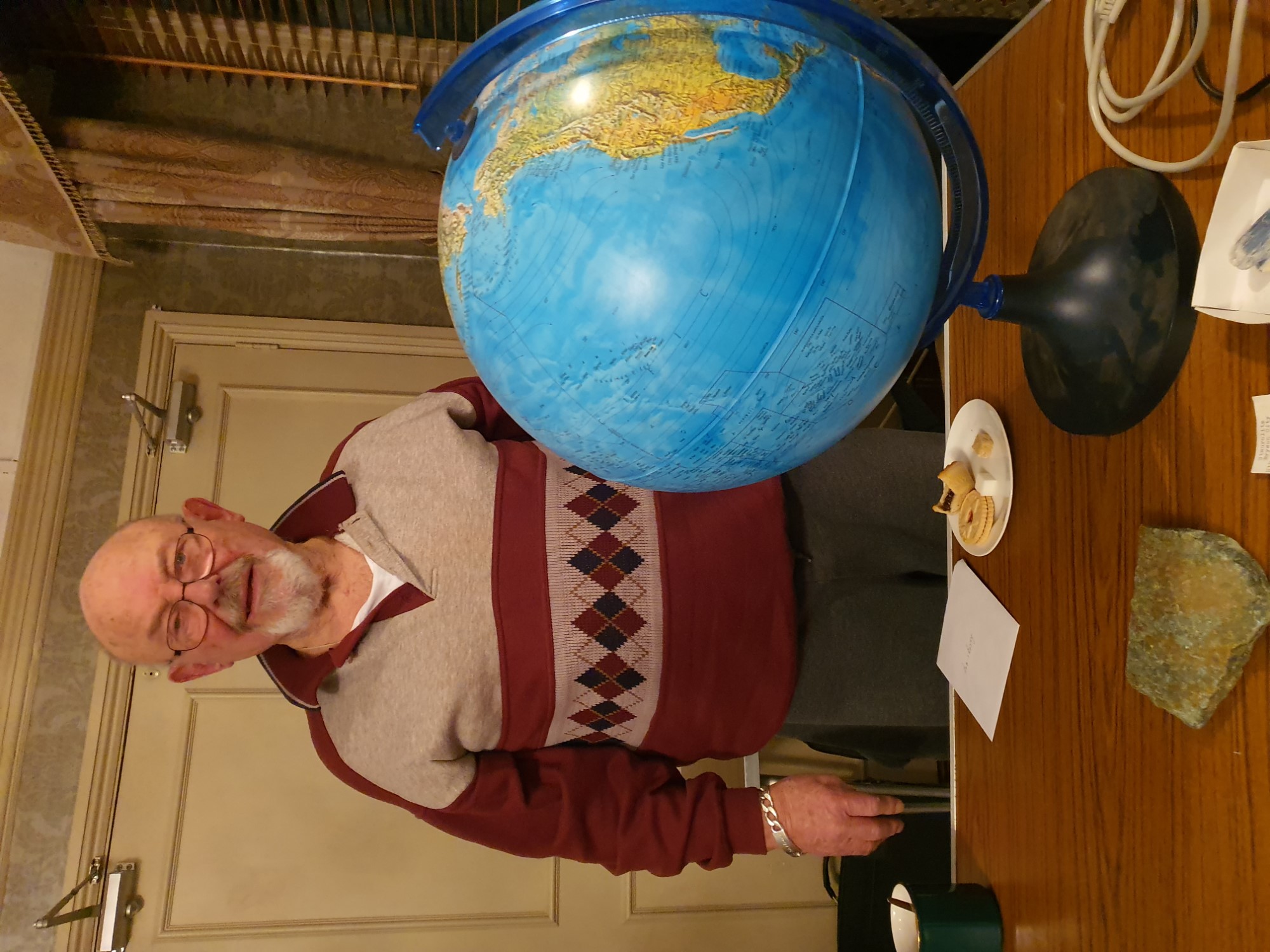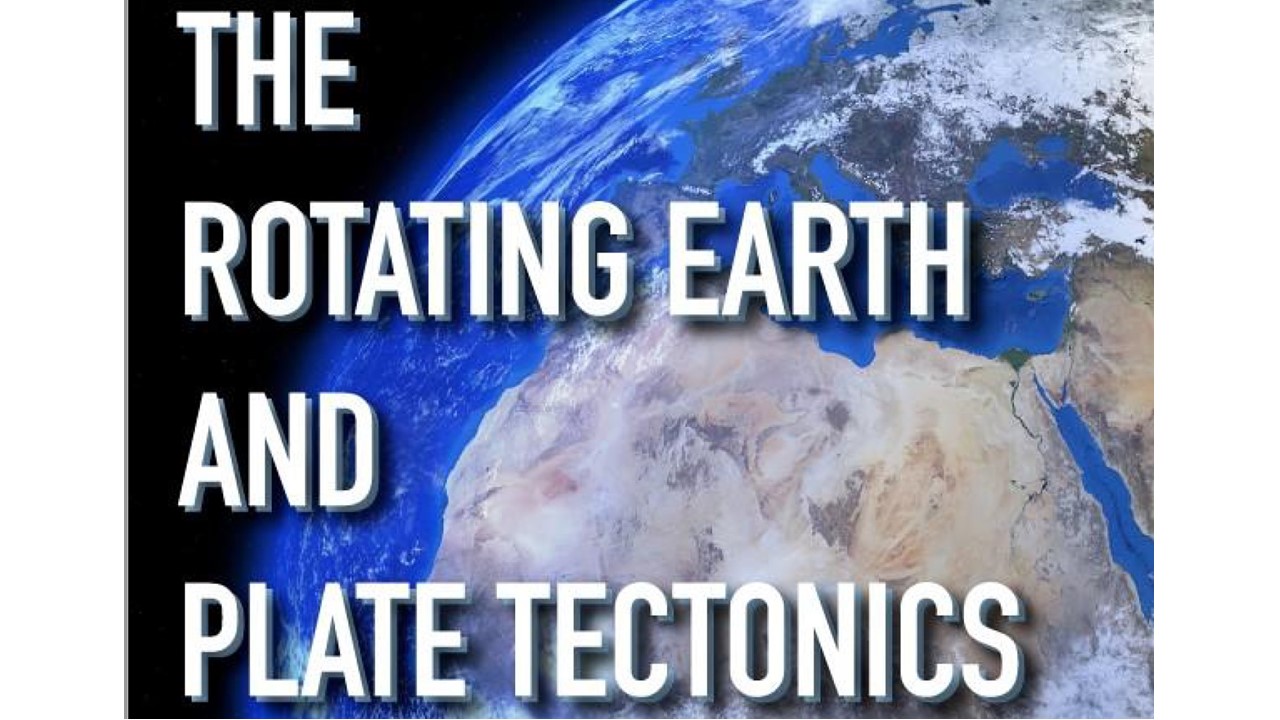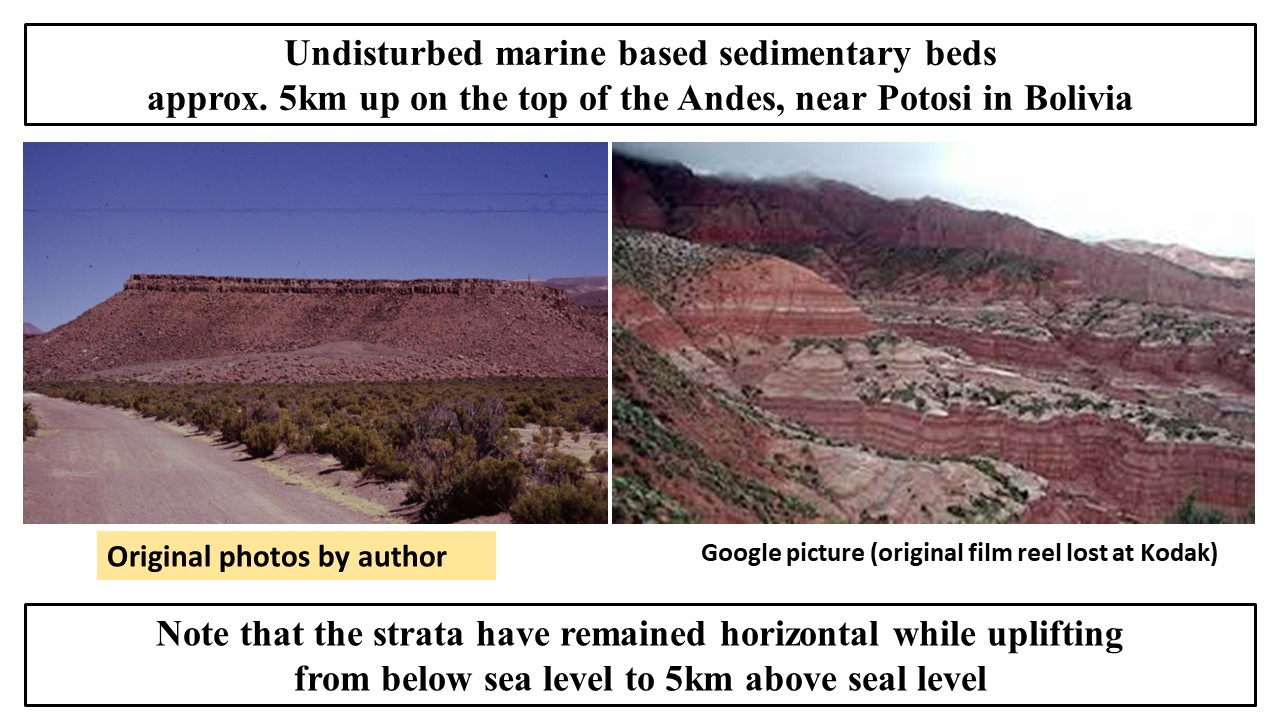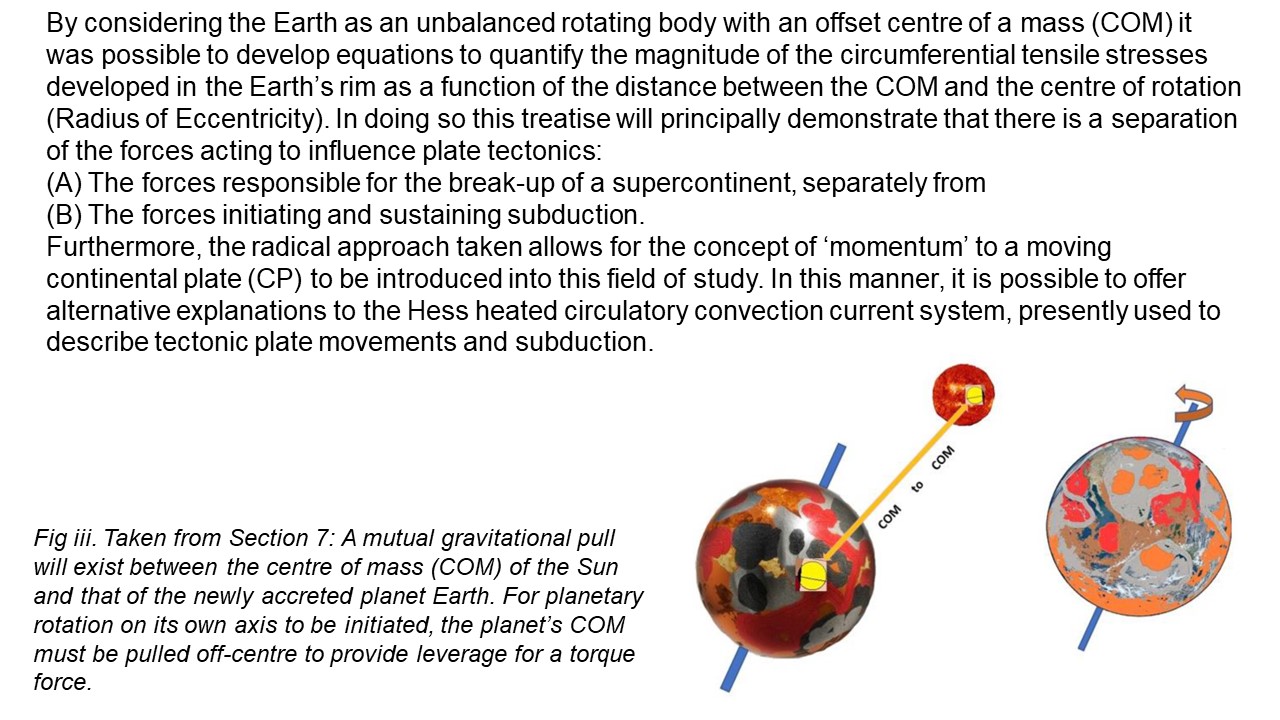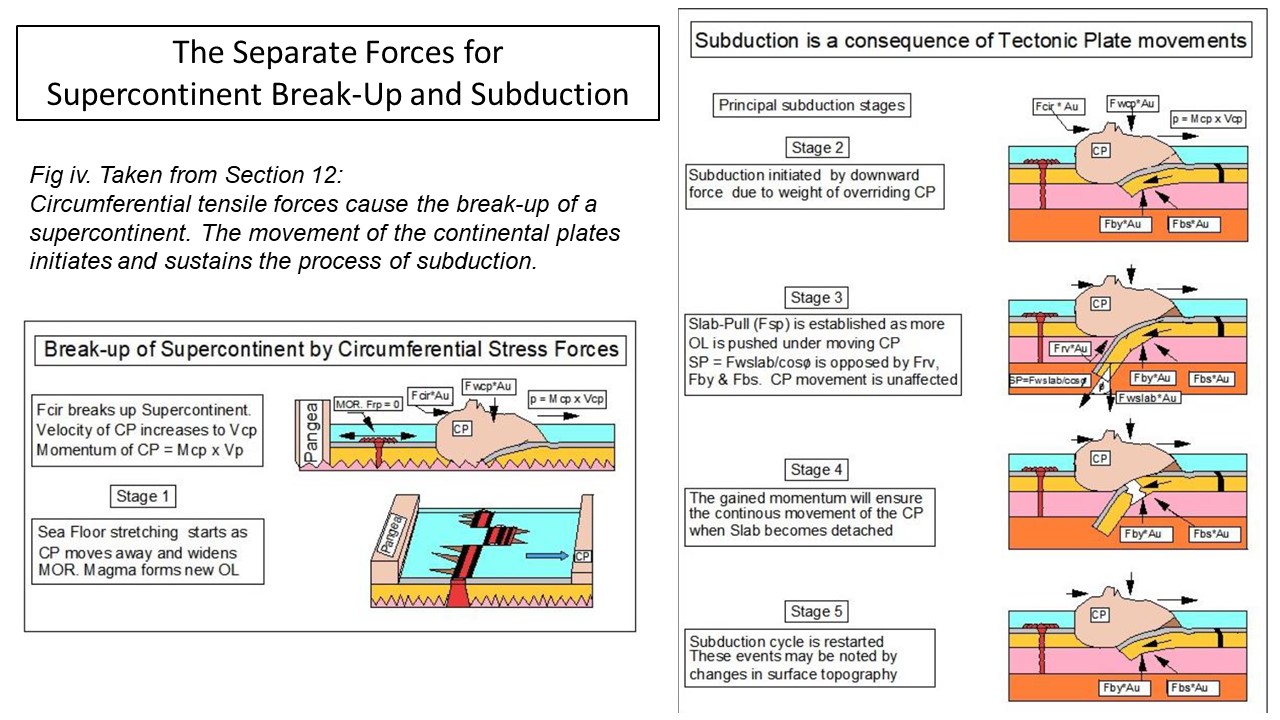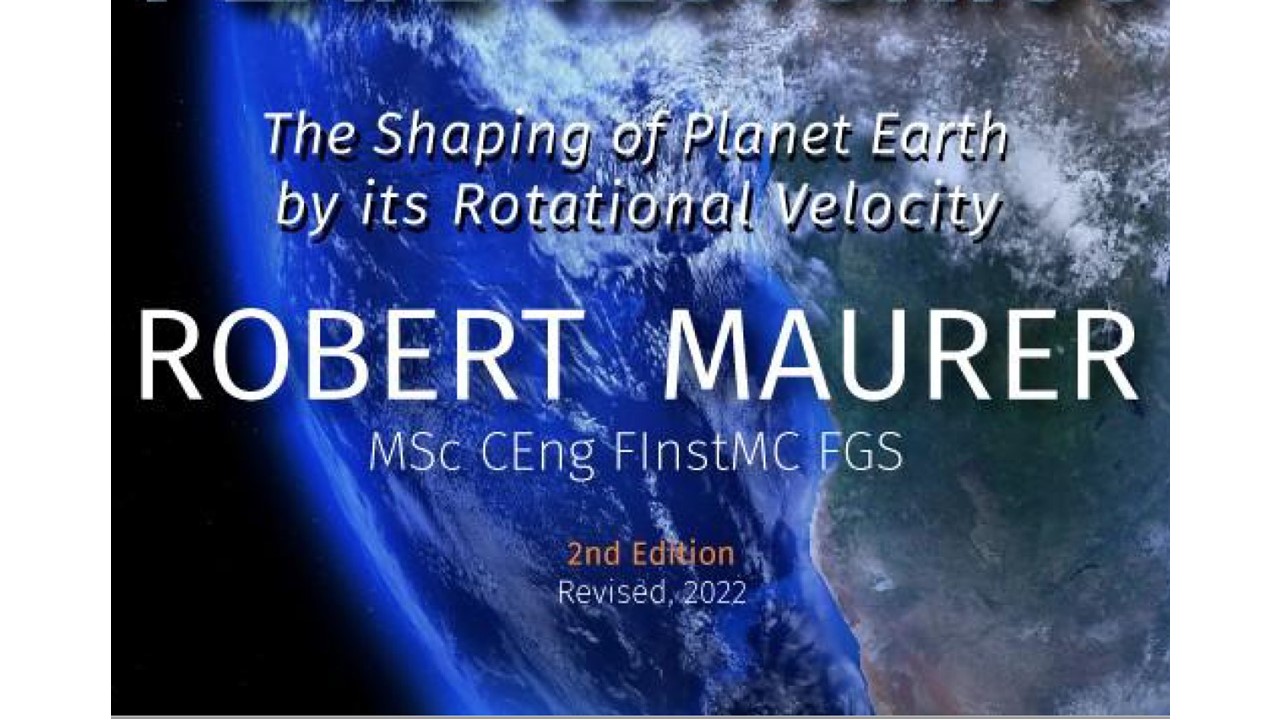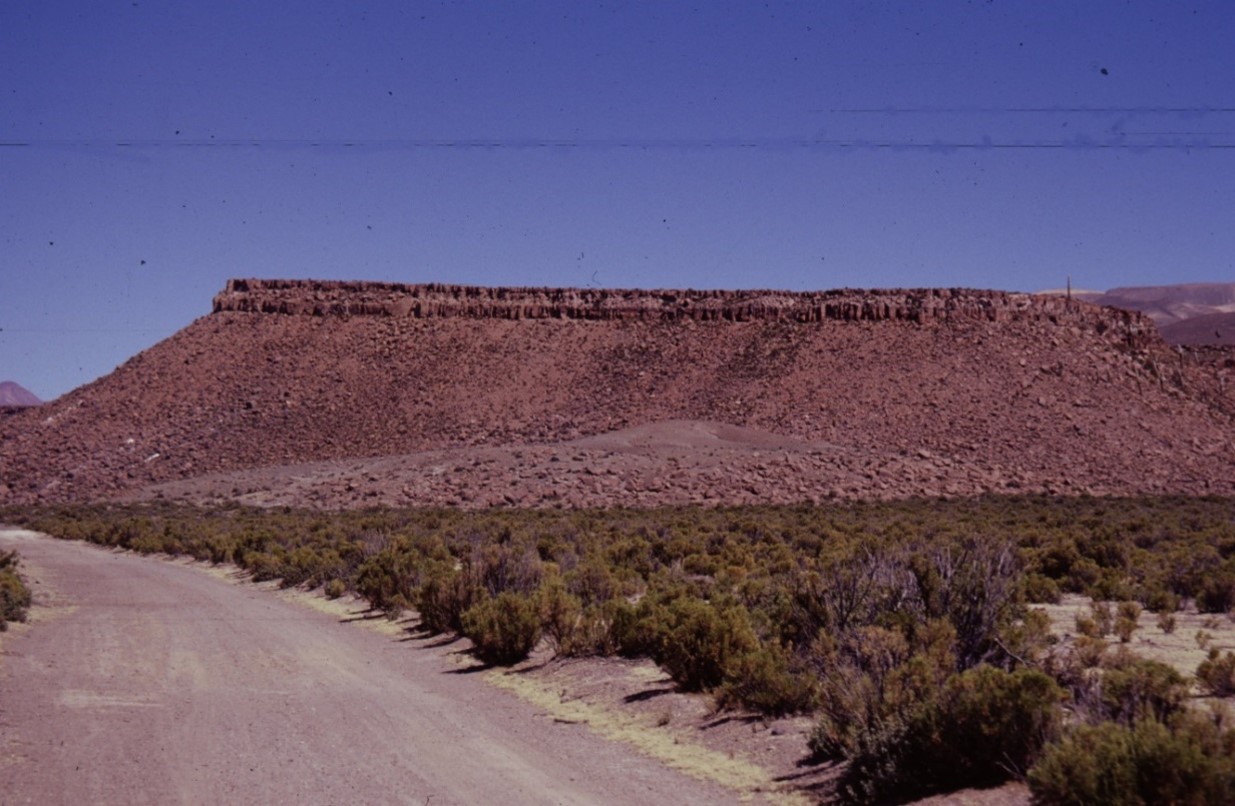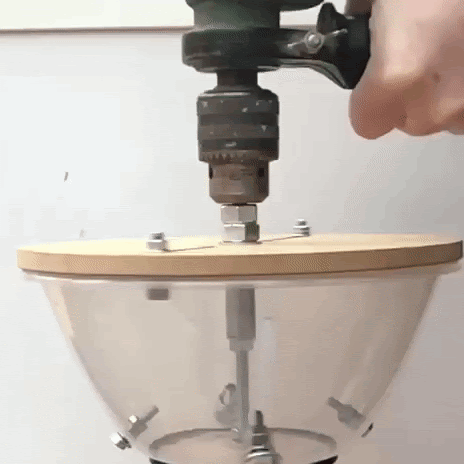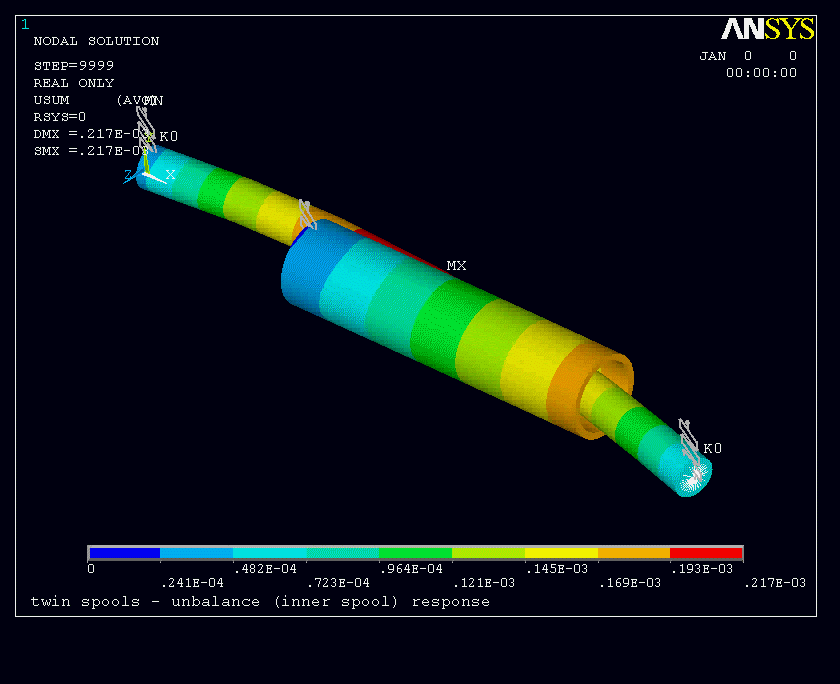Robert Maurer
31 Oct 1935 - 27 Dec 2024
31 Oct 1935 - 27 Dec 2024
Tribute to Robert "Bob" Maurer, our Society’s most prolific member
What set Bob above most geologists were his breadth of knowledge and depth of understanding, bearing in mind that he had not formally studied the subject. His specialism was precision engineering, having won many prestigious international contracts for designing turbine flow meters for specific purposes. He was proud to discover in his final weeks that one such was still working at 20,000 rpm without stopping for 34 years.
Bob’s main hobbies related to mineral and fossil collecting and his stunning collections were a testament to his knowledge of both fields. He was highly proficient at preparing samples for display and provided many exhibits for the Society’s Uxbridge Rock Show and other exhibitions. He was generous with his time and in sharing what he knew with anyone who was interested, and this made him our best known and perhaps best loved member.
Finding good samples requires a deep understanding of palaeontology, petrology, stratigraphy, sedimentology and mineralogy, but Bob also wanted to understand how these disparate fields were linked. This led him to investigate the very broadest of Earth’s processes underlying the whole system: Tectonics and the forces responsible for movement of continental and oceanic crust at the planetary scale. It came as a surprise to him that experts in the field of tectonics do not consider planetary forces in their models of crustal movement, and so began a 20-year obsession to try to rectify this omission.
Bob was a member of HHGS for 35 years. His talks to our Society and other geology groups spanned a wide variety of topics:
What set Bob above most geologists were his breadth of knowledge and depth of understanding, bearing in mind that he had not formally studied the subject. His specialism was precision engineering, having won many prestigious international contracts for designing turbine flow meters for specific purposes. He was proud to discover in his final weeks that one such was still working at 20,000 rpm without stopping for 34 years.
Bob’s main hobbies related to mineral and fossil collecting and his stunning collections were a testament to his knowledge of both fields. He was highly proficient at preparing samples for display and provided many exhibits for the Society’s Uxbridge Rock Show and other exhibitions. He was generous with his time and in sharing what he knew with anyone who was interested, and this made him our best known and perhaps best loved member.
Finding good samples requires a deep understanding of palaeontology, petrology, stratigraphy, sedimentology and mineralogy, but Bob also wanted to understand how these disparate fields were linked. This led him to investigate the very broadest of Earth’s processes underlying the whole system: Tectonics and the forces responsible for movement of continental and oceanic crust at the planetary scale. It came as a surprise to him that experts in the field of tectonics do not consider planetary forces in their models of crustal movement, and so began a 20-year obsession to try to rectify this omission.
Bob was a member of HHGS for 35 years. His talks to our Society and other geology groups spanned a wide variety of topics:
- An engineers approach to the forces responsible for tectonic and orogenic movements
- Our Heritage - Stone Tools and Rock Art
- Did climatic changes in Europe give rise to the rock carvings in North Africa?
- Mining for Rare Minerals in Mexico
"A new insight into the driving mechanism for plate tectonics - the relationship between tectonic processes and the circumferential tensile forces associated with a rotating planet" by Robert MAURER,
Stuart HARKER, Shigeyuki SUZUKI, Allan WHEELER
The paper challenges the traditional belief that convection currents in the mantle are driving plate tectonics. It provides an alternate, mathematically justified drive mechanism, summarised as the Maurer equation. This shows that the unbalanced rotation of the Earth results in circumferential stresses that are more than strong enough to drive the cyclic breakup and reassembly of the continental plates.
For contact with co-authors, please use the following email: HHGeolSoc@outlook.com
In August 2024 - Robert Maurer presented his theory as keynote speaker at the 10th ICOTSGI (International Conference on Tectonics and Structural Geology of Iran). Watch it here:
Stuart HARKER, Shigeyuki SUZUKI, Allan WHEELER
The paper challenges the traditional belief that convection currents in the mantle are driving plate tectonics. It provides an alternate, mathematically justified drive mechanism, summarised as the Maurer equation. This shows that the unbalanced rotation of the Earth results in circumferential stresses that are more than strong enough to drive the cyclic breakup and reassembly of the continental plates.
For contact with co-authors, please use the following email: HHGeolSoc@outlook.com
In August 2024 - Robert Maurer presented his theory as keynote speaker at the 10th ICOTSGI (International Conference on Tectonics and Structural Geology of Iran). Watch it here:
Maurer's theory made simple: (click to expand images)

×
|

×
|

×
|

×
|

×
|

×
|

×
|

×
|

×
|

×
|

×
|

×
|
